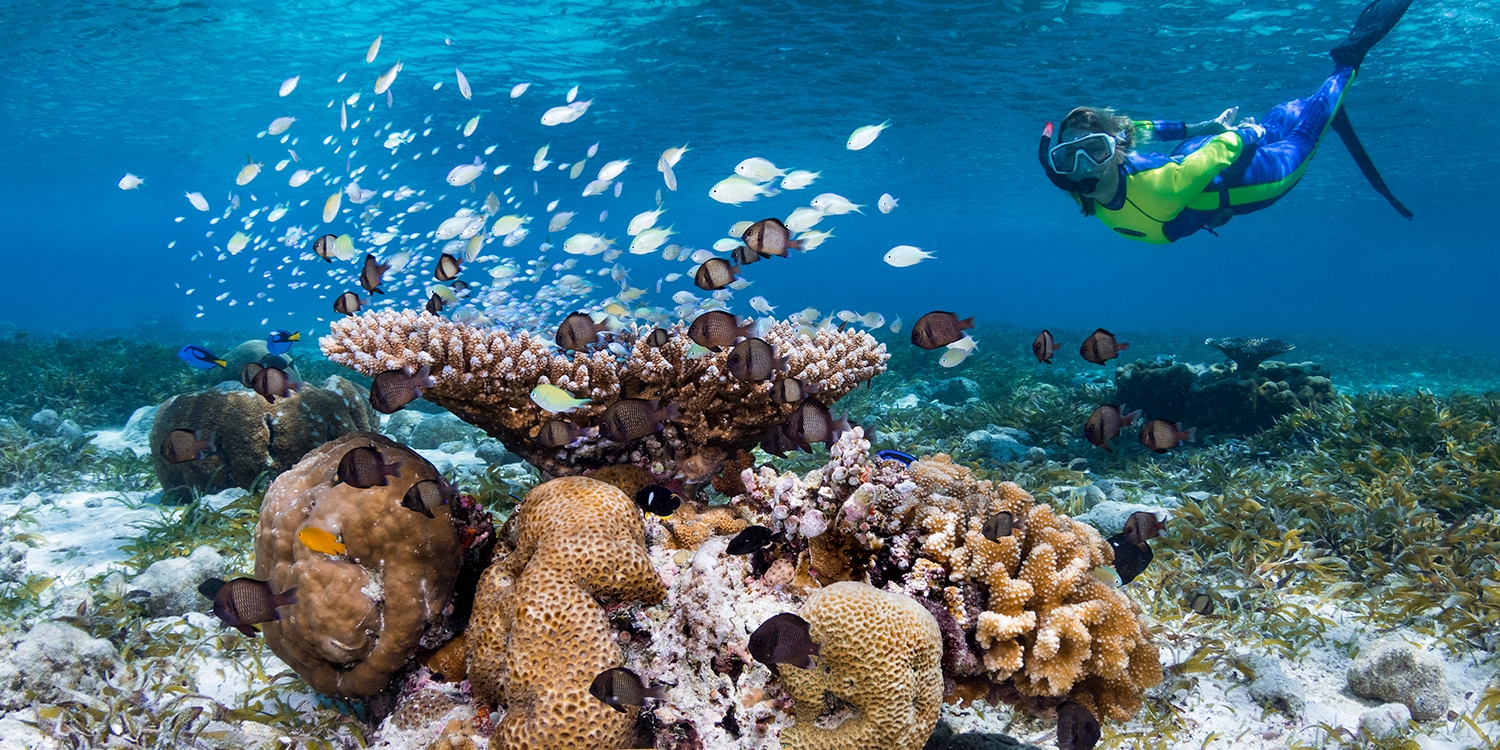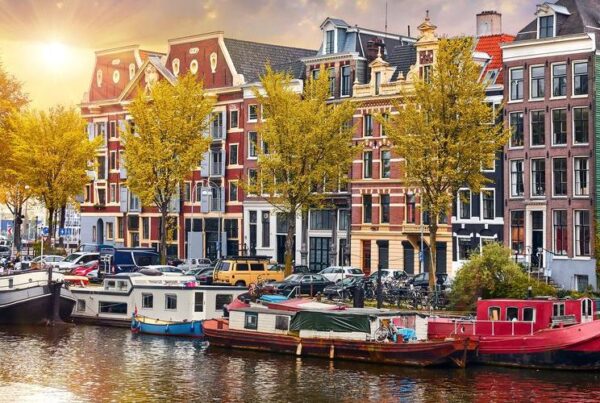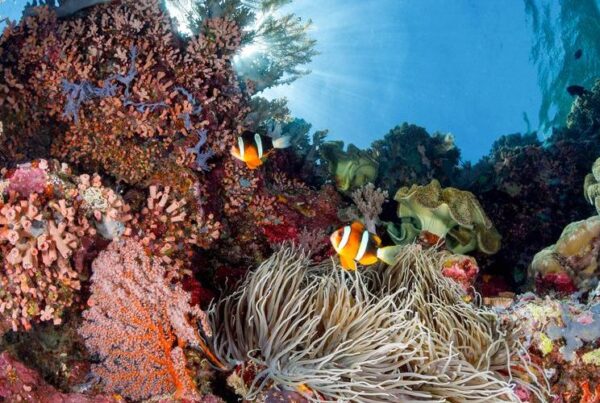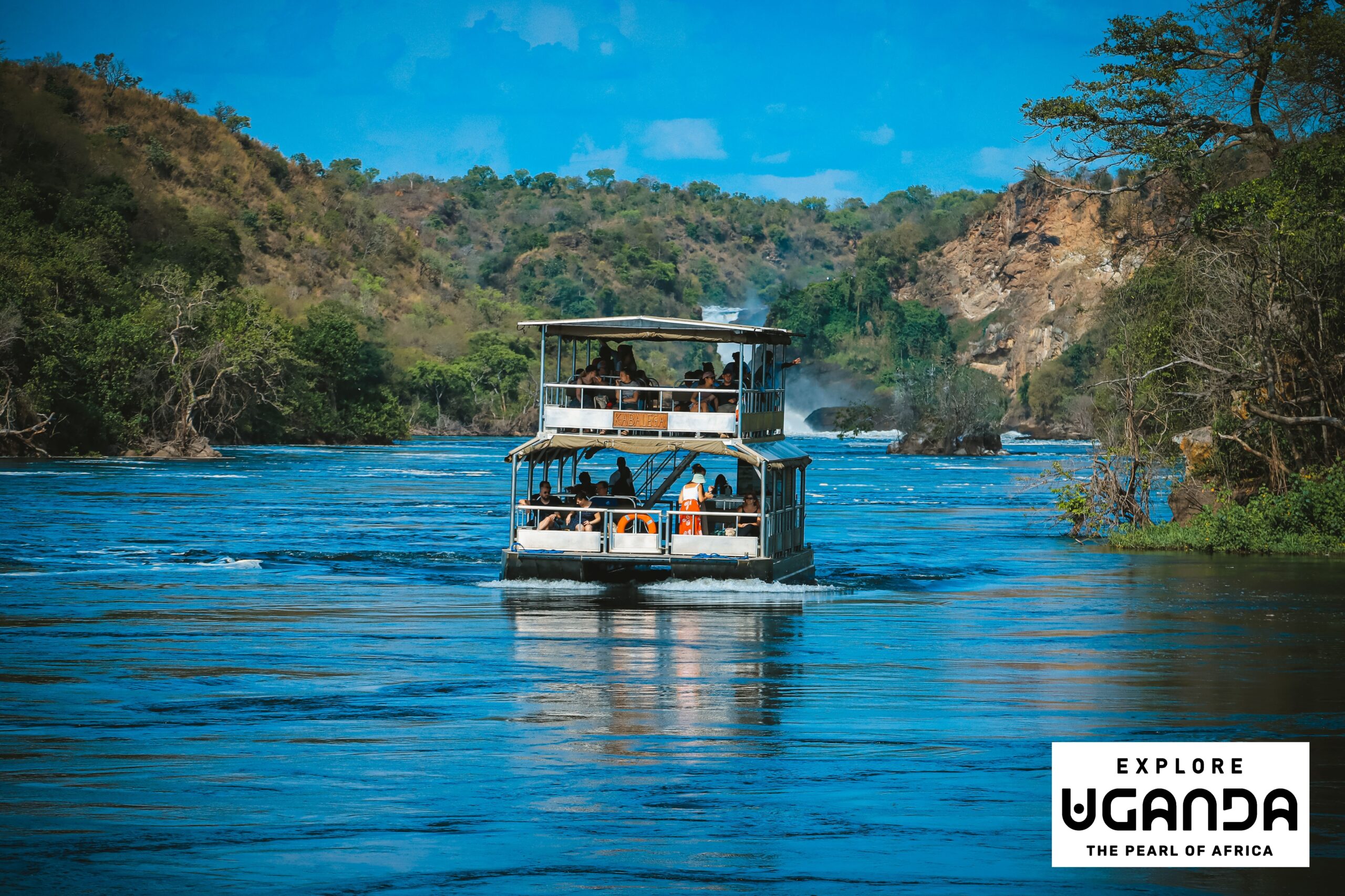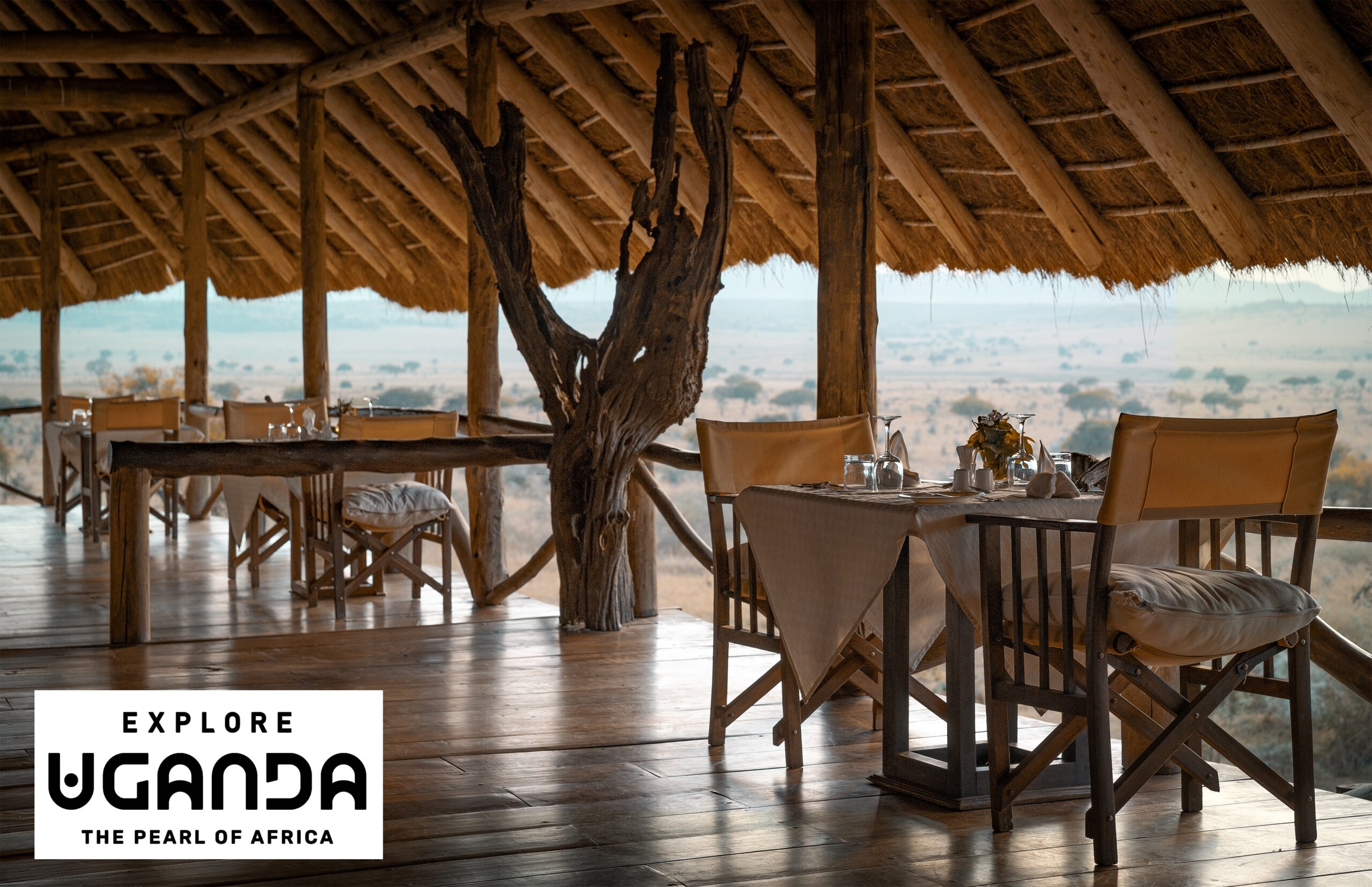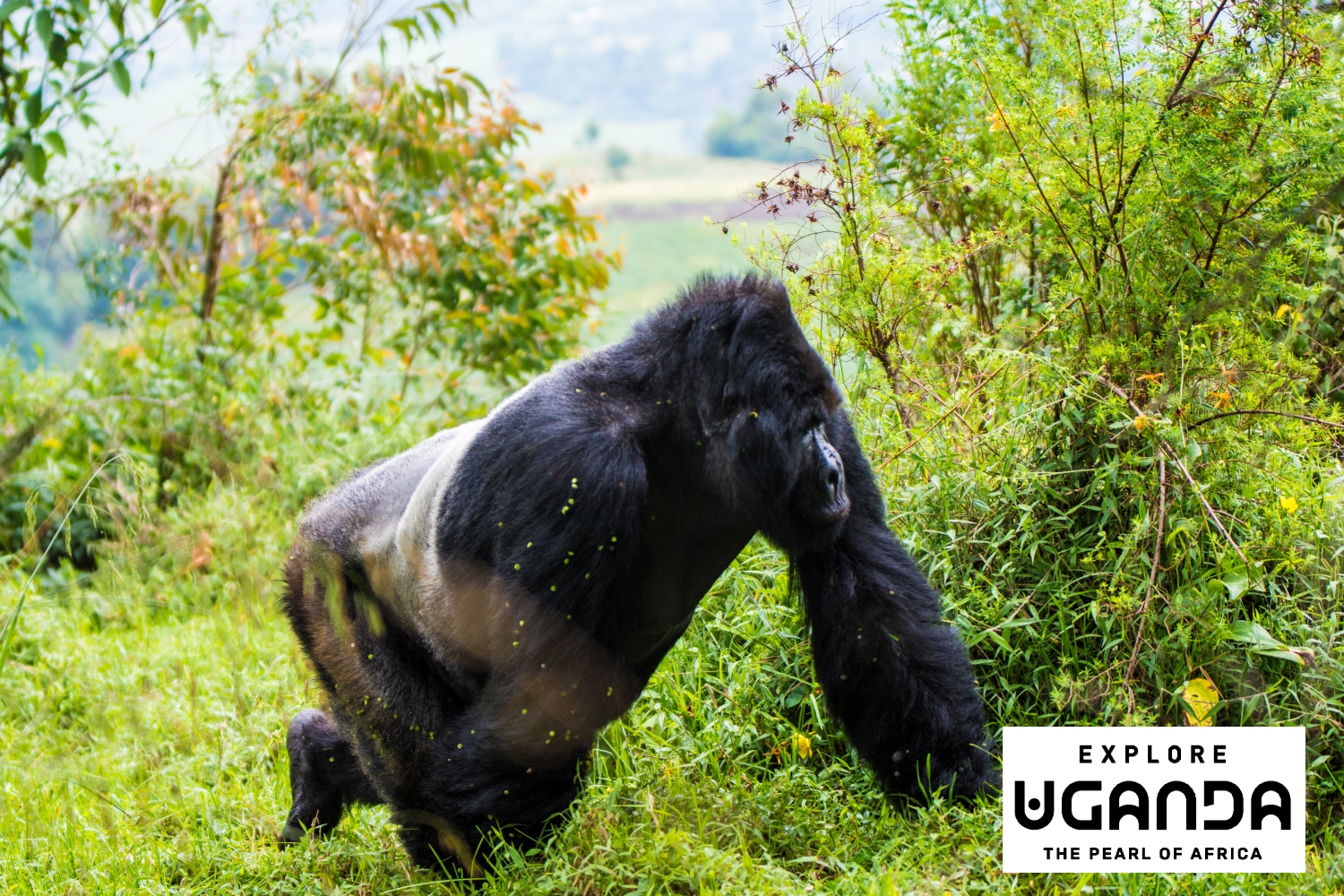In the heart of the Indo Pacific lies one of Earth’s most extraordinary natural wonders, the Coral Triangle, a vast marine realm often described as the Amazon of the seas.
Spanning six countries; Indonesia, Malaysia, the Philippines, Papua New Guinea, the Solomon Islands and Timor Leste. it covers just 1.6 per cent of the planet’s ocean area yet supports the richest marine biodiversity on Earth.
This underwater Eden harbours 76 per cent of all known coral species and 37 per cent of reef fish species along with six of the world’s seven marine turtles. For divers, snorkellers and ocean lovers it’s as close as you can get to seeing our planet’s evolutionary masterpiece alive, thriving and shimmering in technicolour.

But there’s a catch. Climate change, overfishing and coastal development are tightening their grip, placing pressure on reefs that have taken millennia to build. That’s why the time to visit, and to appreciate, support and protect, is now.
The Coral Triangle’s staggering biodiversity is no coincidence. Warm equatorial currents, nutrient rich upwellings and complex ocean geography create perfect conditions for life to flourish. Coral reefs, mangroves and seagrass beds interlink to form one of the most productive ecosystems on the planet.
Every dive here feels like stepping into another world: walls of soft coral pulsing in the current, clouds of anthias and fusiliers flickering like sparks, and turtles gliding through cathedral blue water. For underwater photographers this region is a dreamscape filled with macro creatures, pelagic encounters and coral gardens that stretch into infinity.
There are urgent reasons to visit now. The Coral Triangle stands at the frontline of global marine protection. Its reefs remain some of the most vibrant on the planet, yet they are also among the most vulnerable. Rising sea temperatures, coral bleaching and overfishing continue to test the resilience of these delicate ecosystems. Visiting today means seeing one of the ocean’s last great strongholds while it still thrives, and playing a part in helping it endure.

This region is a living laboratory for conservation. Across Indonesia, the Philippines and beyond, local communities, scientists and tourism operators are working together to restore coral, rebuild fish stocks and manage marine reserves. In many areas, community led protection has already shown remarkable results, with reefs recovering and marine life returning in abundance.
Travel here is not only about discovery but participation. Choosing responsible resorts and dive operators directly supports those protecting the reefs and the people who depend on them. By visiting mindfully, travellers become part of the solution, helping to sustain the Coral Triangle as a beacon of hope for the world’s oceans.
If the Coral Triangle is the crown, Wakatobi is one of its brightest gems. Located off southeast Sulawesi in Indonesia, Wakatobi National Park spans nearly 1.4 million hectares of protected marine area. The name itself is an acronym formed from its four main islands, Wangi Wangi, Kaledupa, Tomia and Binongko, each offering distinct marine habitats and local cultures.
At its heart lies Wakatobi Dive Resort, a pioneering eco luxury retreat that has become synonymous with world class diving and sustainable tourism. Set against a backdrop of coconut palms and turquoise lagoons, the resort is more than just a tropical escape. It is a living model of how tourism and conservation can thrive together.

Beneath its jetty lies one of the world’s most famous house reefs, a kaleidoscopic wall plunging into deep cobalt water and accessible directly from shore. Visibility often exceeds 40 metres, and the diversity of life is breathtaking: hundreds of coral species, reef fish, pygmy seahorses, turtles and even passing eagle rays.
For divers it is paradise. For snorkellers it is equally magical, as the reef crests are shallow, sun drenched and teeming with life. The resort’s private marine reserve protects these reefs from destructive fishing while its community funded conservation programme compensates nearby villages to safeguard surrounding waters. The result is a sanctuary where nature and people coexist in harmony.
The best time to visit is from March through December when the seas are calm and visibility excellent. Bring reef safe sunscreen, a reusable water bottle and a spirit of respect. Wakatobi’s ecosystems are fragile and every small action, from mindful buoyancy underwater to supporting local guides, makes a difference.
The islands themselves are rich with culture. Visit local villages to see traditional stilt houses and watch seaweed farmers tending their harvests. Evenings bring sunsets that set the horizon ablaze followed by star filled skies and the distant sound of waves on the reef.
The Coral Triangle is more than a dive destination. It is a global treasure that sustains over 120 million people, provides food security across nations and acts as a carbon sink that helps buffer our planet from climate change.
Every visit that values sustainability reinforces the importance of protecting this marine heartland.
Whether you’re a diver chasing the perfect reef, a photographer in search of living colour or a traveller yearning for something profound, the message is clear. Go now and go with purpose. The Coral Triangle, and Wakatobi in particular, remind us that the ocean’s greatest beauty is not only something to admire but something to cherish, support and pass on intact.
